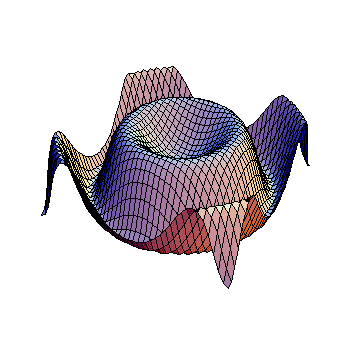As the previous answerer said, an acid base titration wouldn't be suitable for #NaNO_3# if water is the solvent, as #NO_3^-# is too weak a base to change the pH to make a titration suitable. The same goes for #Na^+# but being too weak an acid.
#NO_3^-# has no insoluble salts, or at least no common insoluble salts, so we can't do a precipitation titration either. #Na^+# has this same trouble.
#NO_3^-# isn't a good coordinating agent so a complexation titration isn't viable either. There is a complexating agent for #Na^+# and other alkali metals, but it's rarely used and expensive so it isn't worth considering.
#Na^+# won't reduce to #Na^0# easily, and if it does it'll react with water violently so it isn't a good idea to do it either.
#NO_3^-# does have a redox reaction though,
#NO_3^(-) + 3H^+ +2e^(-) harr HNO_2 + H_2O# #E_(red)^0 = 0,94#
Which could theoretically be coupled with #I^-# to produce #I_3^-# which can then be titrated with #S_2O_3^-2#.
#3I^(-) harr I_3^(-) + 2e^(-)# #E_(o.x)^0 = -0,536#
That being said, I'm not sure if the #DeltaE# would be big enough outside of standard conditions.
#E^0# values copied from Skoog's fundamentals of Analytic Chemistry


